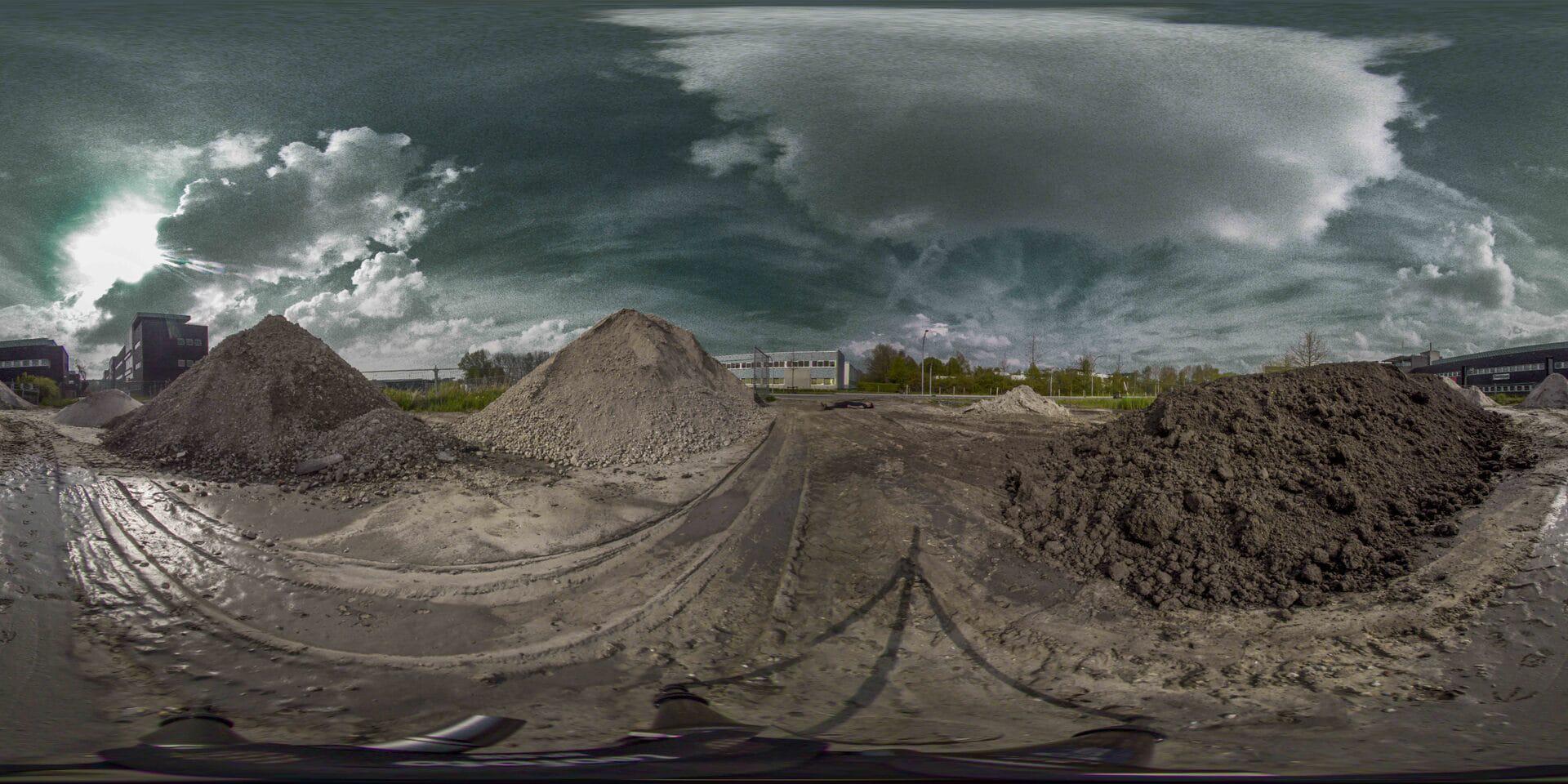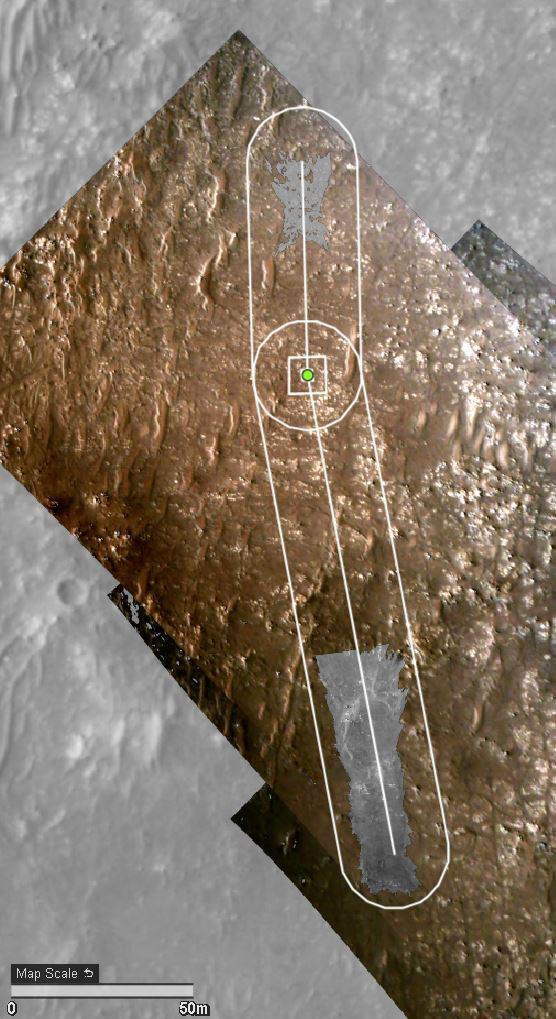Whilst we live in the "development" age, how can we uncover our own, personal perspectives, and see through the flattened image of the landscape–which we think is real, but is merely framed by the homogenizing aesthetic of Modernity? In fact, there is a lot of space that could be used as a portal to see beyond the linear time of development and progress, to let our eyes "breath" with imagination and "listen" to the undercurrent that runs within.
Using a chroma key* color curtain, a man wearing a high visibility vest appears in the frame of a landscape that will be changed in the near future. The man seeks his last chance to make the undercurrent, a space of entangled memories, (his)tories and experiences, visible in the linear time that will soon take over.
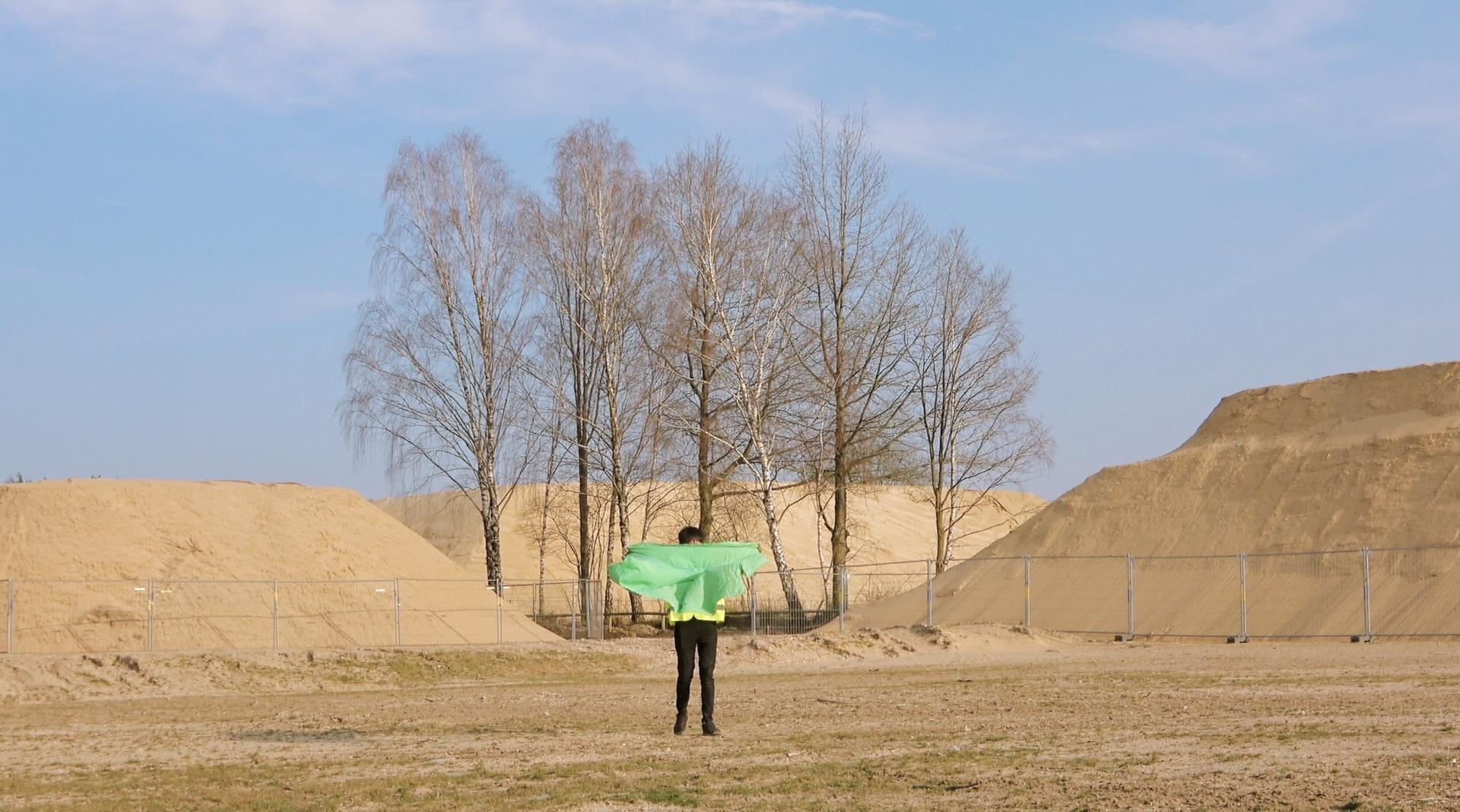
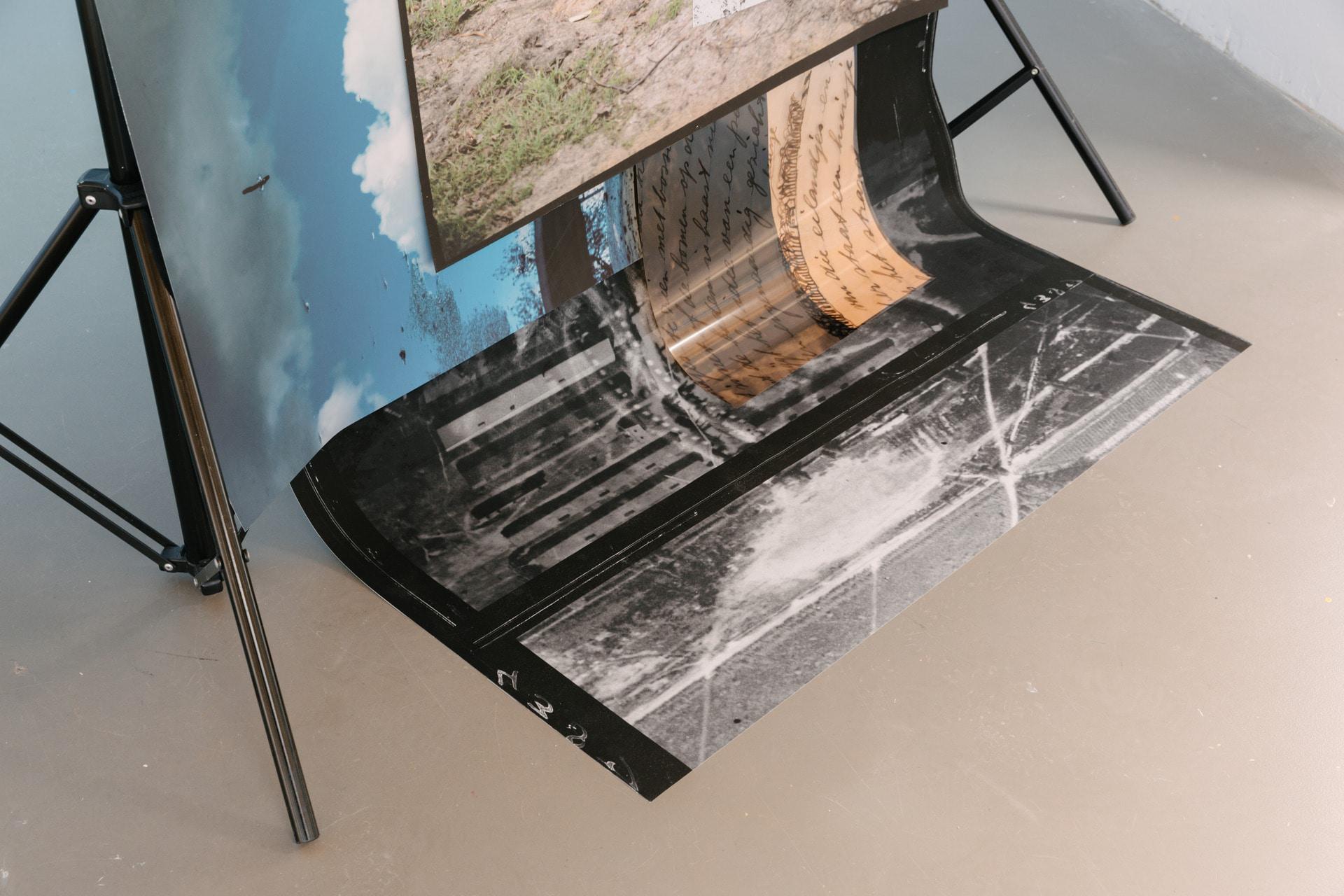
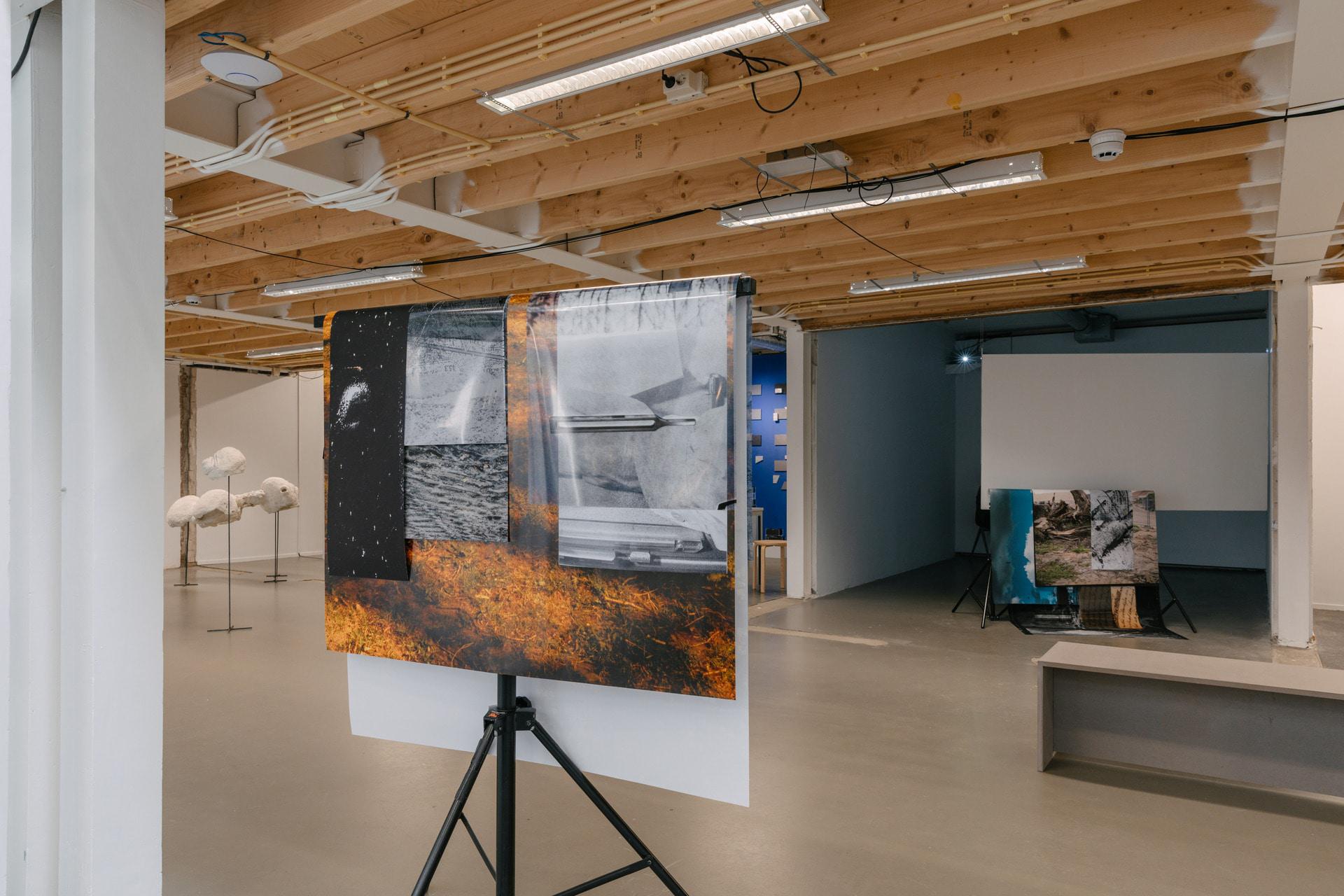

Dit widget bevat externe inhoud en kan niet worden geladen zonder cookies te accepteren. Stel hier je cookievoorkeuren in of gebruik de tandwielknop rechtsonder in het venster.
Artist statement
Lin Chun Yao is a visual artist from Taiwan who landed in Utrecht, the Netherlands in 2020. Formerly lens-based, at present land-based, he works with moving image and re-builds narratives to rethink how human eyes might see through the flattened image of the landscape that arose in the post-industrial era. In Chun Yao's view, the land is controlled by the people who own it, and “the landscape”, as a singular understanding of that land, has collectively been formed by modern humans during the Anthropocene. This in turn, has domesticated the way civilized humans see the landscape.
With his background in photojournalism, Chun Yao investigates sites that are being developed or under construction, and questions the positivist way we see this highly constructed landscape. He restructures lens-based materials such as photographs, moving images, and historical archival materials, and tries to build a new aesthetic and imaginary landscapes by bringing to light the personal stories, histories and memories that are rooted in a specific locality.
Chun Yao’s work has been shown at the National Taiwan Museum of Fine Arts, Taichung, Taiwan (2019); and in 2018, his work I’m going home (2018) was collected by the Kiyosato Museum of Photographic Arts, Hokuto, Japan.
Ambitions
In Chun Yao's view, the land is controlled by the people who own it, and “the landscape”, as a singular understanding of that land. Bringing our vision with archival visual material is the way to see and think about the land we're dwelling.
Learned during the studies
Assemble, disassemble, reassemble
Assemble and disassemble
List of publications / exhibitions / prices / concerts / shows etc.
2021 The Ultimateland, Utrecht, The Netherlands
2021 Virtual Empathy, ag Gallery, Utrecht, The Netherlands
2019 National Art Exhibition,National Taiwan Museum of Fine Arts,Taiwan
2018 Battlefield , Tamkang University, Taiwan
2018「YOUNG PORTFOLIO ACQUISITIONS」,The Kiyosato Museum of Photographic Arts, Hokuto, Japan.
2017 American Illusion, Tamkang University, Taiwan
Land_escape (Research Document)
Inspired by the article in which Tim Ingold describes the temporality of the landscape. I landed in a place that has been identified and treated as a “temporary landscape”. For me, I would like to stick with the word “temporary”, which means the linear time is way easier to access, cause the scene is unstoppable in the process of development.
In a developed site of any kind, the past is always forgotten, the story has already changed with the owner of the land, and with the collective aesthetic consciousness that determines what happens on the site, which is typically viewed negatively.
Can we really “see” a landscape, before it becomes it been developed?
I picked up the green-screen and waiting in the land(scape) for the chance to interrupt.
Download " Land_escape" article by Lin Chun Yao

Last Last Chance (Walking Performance)
Whilst landowners, from government, companies to individuals, maintain the appearance of a city decade after decade, those that do not own land have little to no say in the matter. The performance Last Last Chance explores the notion of what we consider or define as a “landscape”, focussing particularly on the question of ownership and power.
Artist Lin Chun Yao invites you to join him on a walk to “Smakkelaarsveld”, a construction site located right next to the historical center of Utrecht. For many years, the site was used to store building materials and as a parking space for bicycles. It is now being developed into a brand-new accommodation.
The participants in Last Last Chance will walk to, and enter the construction site, which is normally closed to the public, “retouching” it with their mere presence. With the use of a greenscreen–a device used in the movie industry to allow a separately filmed background to be added to the final image–Chun Yao opens up a metaphorical space for the audience to project alternative realities onto the construction site, taking the “landscaping” of the city of Utrecht back into their own hands, even if only in their imagination.

THE UITLMATELAND (2021)
Our knowledge of the landscape is developed from the moment we open our eyes and learners stand, then by conquering the landscape. We define the environment through aesthetic and normative experiences, and we lose the ability to explain landscape.
Developed by the 1954 book “The Making of the English Landscape,” in which Hoskins argued that a landscape historian uses botany, physical geography, and natural history as well as historical knowledge to fully understand a particular scene. skilled . The series “The Ultimate Land” offers a form of resistance to conventionality, to free the viewer from his existing impression of the landscape.
